Understanding Hair Dryer Types
Hair dryers are essential grooming tools that can transform the process of drying and styling hair. By blowing warm air, they speed up the drying process and allow for various styling techniques. When selecting a Hair Dryer, it’s important to understand the different types available on the market, as their functionality and features can vary widely.
Overview of Different Hair Dryer Models
Hair dryers come in several models, each designed to cater to different hair types and styling needs. Here’s a closer look at the most common types:
- Conventional Hair Dryers: These are the most common models found in households. They are versatile and suitable for various hair types.
- Professional Hair Dryers: Typically used in salons, these models are built for durability and often include advanced features like variable heat settings, faster drying times, and lightweight designs.
- Ionic Hair Dryers: Utilizing ionic technology, these dryers release negative ions that help to eliminate static and frizz while retaining moisture, making them ideal for frizzy or curly hair.
- Tourmaline Hair Dryers: These devices emit infrared heat and are designed to maintain the hair’s moisture balance, thus reducing damage and drying time.
- Travel Hair Dryers: Compact and lightweight, travel dryers are designed for portability. They often include dual voltage settings for international use.
Key Features to Consider When Selecting a Hair Dryer
When choosing a Hair Dryer, several features can significantly impact performance:
- Wattage: Higher wattage typically means more power, allowing for faster drying. For most users, a dryer with at least 1800 watts is ideal.
- Heat Settings: Multiple heat settings provide flexibility for different hair types. A lower setting is better for fine or damaged hair, while higher settings work well for thicker hair.
- Speed Settings: Having the option for different speed settings enhances control over the drying process.
- Attachments: Many dryers come with a concentrator nozzle for precision styling or a diffuser for enhancing curls or waves.
- Weight and Design: The weight of the dryer and its ergonomic design can affect comfort, especially during extended use.
Benefits of Professional vs. Personal Use Hair Dryers
The choice between a professional-grade hair dryer and a personal-use model depends on your styling needs and frequency of use. Professional dryers are engineered for daily heavy use in salon environments; they often have higher wattage, better airflow, and more durable construction. Personal-use models, while effective, may not possess the same level of longevity or advanced features but are usually more affordable and easier to handle for everyday use.
How to Use a Hair Dryer Effectively
Step-by-Step Guide to Blow Drying Your Hair
Properly using a hair dryer can enhance your styling efforts while reducing heat damage. Follow these steps for an effective blow-drying experience:
- Towel Dry: Gently towel dry your hair to remove excess moisture without rubbing to prevent frizz.
- Apply Heat Protectant: Use a heat protectant spray to shield your hair from damage caused by heat exposure.
- Section Your Hair: Divide your hair into manageable sections. This ensures more even drying and makes styling easier.
- Select the Right Heat Setting: Use a lower heat setting for fine hair and higher for thicker hair.
- Angle the Dryer: Keep the dryer at a 6-8 inch distance from your hair and angle it downward to smooth the cuticle.
- Dry the Roots First: Start by focusing on your roots before working your way down to the ends.
- Finish with Cool Air: Once your hair is dry, use the cool setting to set your style and add shine.
Common Mistakes to Avoid with Your Hair Dryer
Mistakes with hair dryers can lead to damaged hair and less effective styling. Here are common pitfalls to avoid:
- Using Too Much Heat: Excessive heat can damage your hair. Always use the lowest effective temperature.
- Holding the Dryer Too Close: Keeping the dryer too close to your hair can cause hot spots and lead to burns.
- Not Sectioning Hair: Failure to section hair can result in uneven drying and increased time spent styling.
- Blow Drying Wet Hair: Always towel-dry excess moisture before using a hair dryer to prevent damage.
Enhancing Styling Techniques with Your Hair Dryer
The right techniques can elevate your hair styling outcomes. Here are some tips:
- Utilize a Round Brush: When blow-drying, use a round brush to create volume and smoothness.
- Use a Diffuser: For curly hair, attach a diffuser to enhance natural curl patterns while reducing frizz.
- Try the “Cool Shot” Button: Use the cool shot button to lock in your style at the end of the drying process.
- Experiment with Styles: Switch between downward angles and upward to create variations in styles and volume.
Maintenance Tips for Long-lasting Hair Dryers
Cleaning and Care for Your Hair Dryer
Maintaining your hair dryer is crucial for ensuring longevity and optimal performance. Regular cleaning will enhance air circulation and prevent overheating:
- Remove Hair Buildup: Regularly check the air intake for trapped hair and lint. Use a soft brush to remove any debris.
- Clean the Filter: If your hair dryer has a removable filter, wash it according to the manufacturer’s instructions to keep airflow efficient.
- Store Properly: Store your dryer in a cool, dry place and avoid wrapping the cord tightly around the unit, which can damage it.
How to Troubleshoot Common Hair Dryer Issues
Understanding common problems and their solutions can save time and money on repairs:
- Dryer Not Turning On: Ensure the dryer is plugged in and check for power issues. If it doesn’t start, consult the manual or a technician.
- Overheating: If the dryer shuts off unexpectedly, let it cool down before using it again. Frequent overheating may indicate a problem with the motor or filters.
- Uneven Drying: Check if the air intake is clogged. Cleaning it can enhance performance.
When to Replace Your Hair Dryer
Recognizing when it’s time for a new dryer can prevent undesirable mishaps during styling:
- Excessive Noise: If your dryer is making unusual sounds, it could indicate a failing motor or internal damage.
- Frequent Overheating: If your dryer consistently overheats and shuts off, it may be time for replacement.
- Inconsistent Heat: If the dryer fails to deliver consistent heat, styling can become a challenge.
Comparing Hair Dryer Technologies
Understanding Ionic and Tourmaline Technologies
Technological advancements in hair dryer design play a significant role in performance. Ionic and tourmaline technologies are among the most prevalent:
- Ionic Technology: This technology emits negative ions that neutralize positive ions found in frizzy hair. As a result, ionic dryers reduce drying time and enhance moisture retention.
- Tourmaline Technology: Found in higher-end models, tourmaline emits both infrared heat and negative ions, resulting in gentler drying and enhanced shine. It’s particularly advantageous for those with coarse or damaged hair.
Advantages of Ceramic vs. Metal Heating Elements
The heating element of a dryer can drastically affect its efficiency and safety:
- Ceramic Heating Elements: These provide even heating and better moisture retention, which reduces hair damage. They are suitable for all hair types and can withstand daily use.
- Metal Heating Elements: While often less expensive, they can create hot spots that may lead to uneven drying and increased risk of damage.
Evaluating Noise Levels of Different Hair Dryers
Noise levels can vary significantly between different models. If noise is a concern:
- Look for “Quiet” Features: Some brands design their dryers with advanced noise-reducing technology.
- Consider Sound Ratings: As with any appliance, researching ratings on noise levels can guide your selection.
Choosing Accessories for Your Hair Dryer
Essential Attachments for Versatile Styling
The right accessories can enhance your styling capabilities significantly:
- Concentrator Nozzle: This attachment directs airflow for precise styling, ideal for straightening hair.
- Diffuser: Best for curly hair, it spreads air evenly to prevent frizz and maintain curl definition.
- Comb Attachments: These can help with detangling while simultaneously drying your hair.
Choosing the Right Brush for Blow Drying
The brush you select can influence the effectiveness of your blow-drying process:
- Round Brushes: Excellent for adding volume and curls. The size you choose should reflect the length and texture of your hair.
- Flat Brushes: Ideal for straightening hair, allowing for smoother workflows.
- Vent Brushes: These allow for faster drying due to better airflow, suitable for a quick blowout.
Tips for Using Diffusers and Concentrators
To maximize the benefits of your attachments:
- Use Low Settings: When diffusing, lower heat settings help preserve curl structure and prevent frizz.
- Scrunch While Drying: For curls, scrunch your hair upward into the diffuser for more volume and definition.
- Maintain Distance: Keep the diffuser or concentrator a few inches from your hair to prevent overheating and damage.

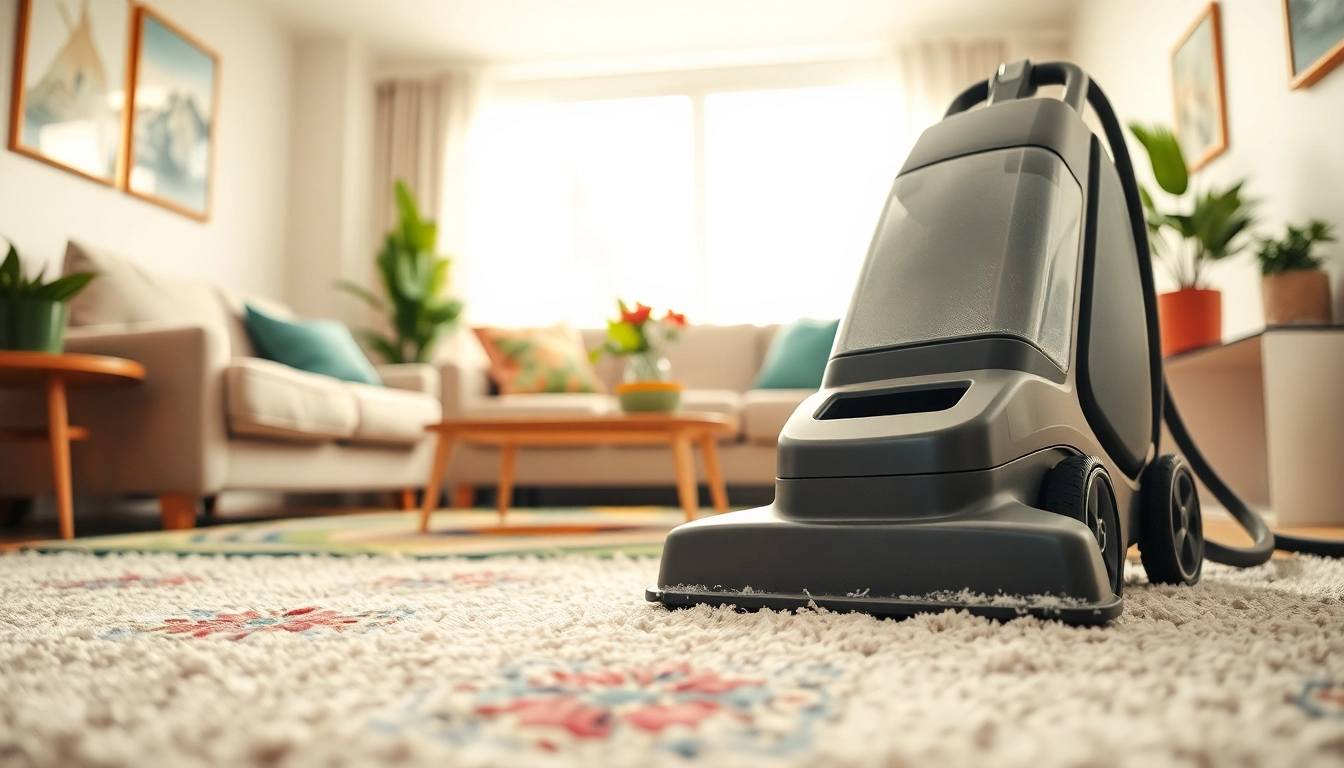


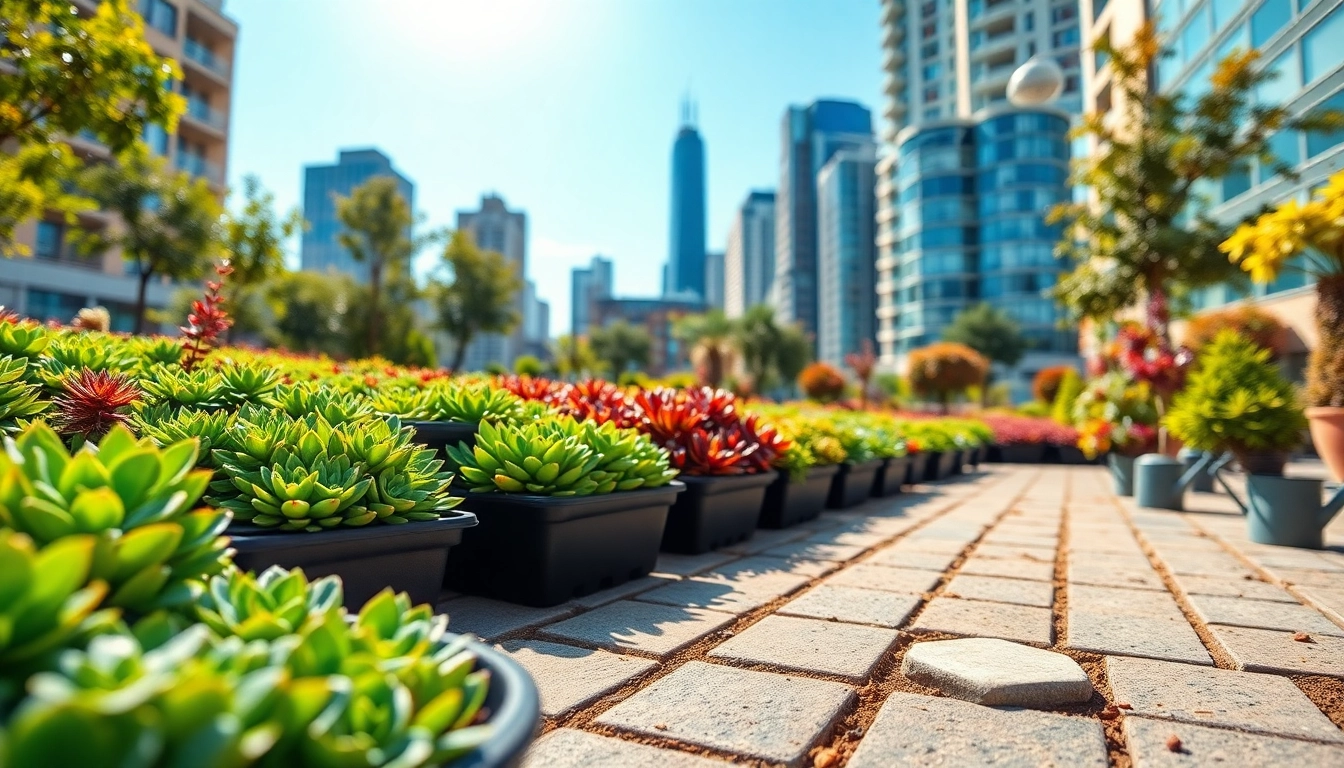



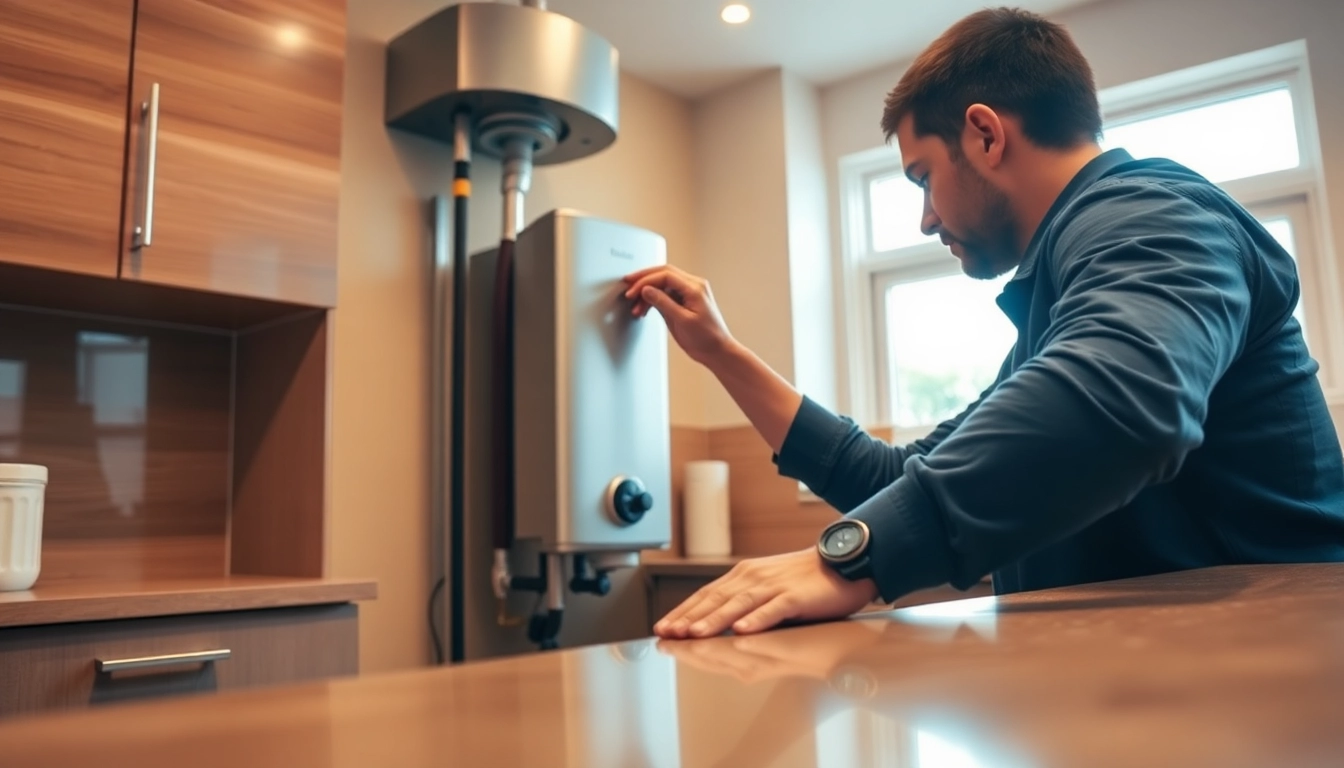
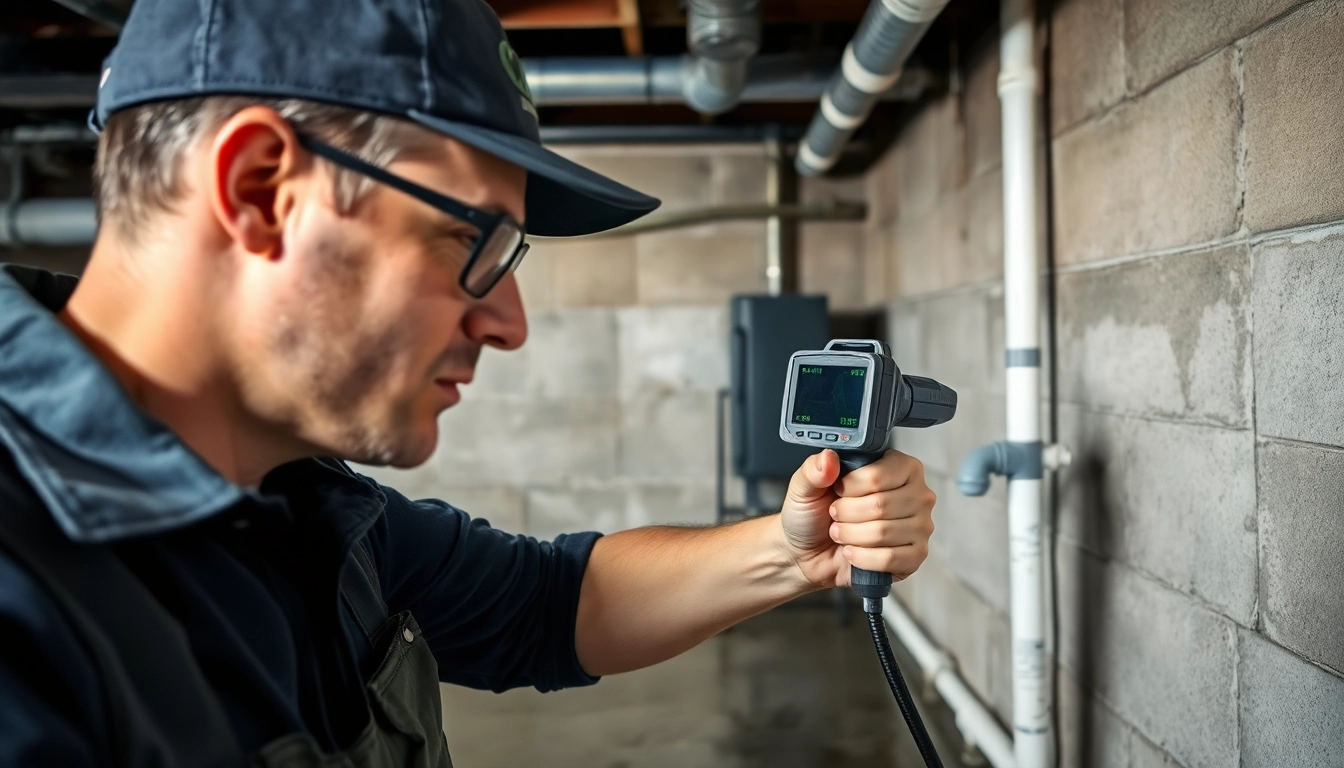
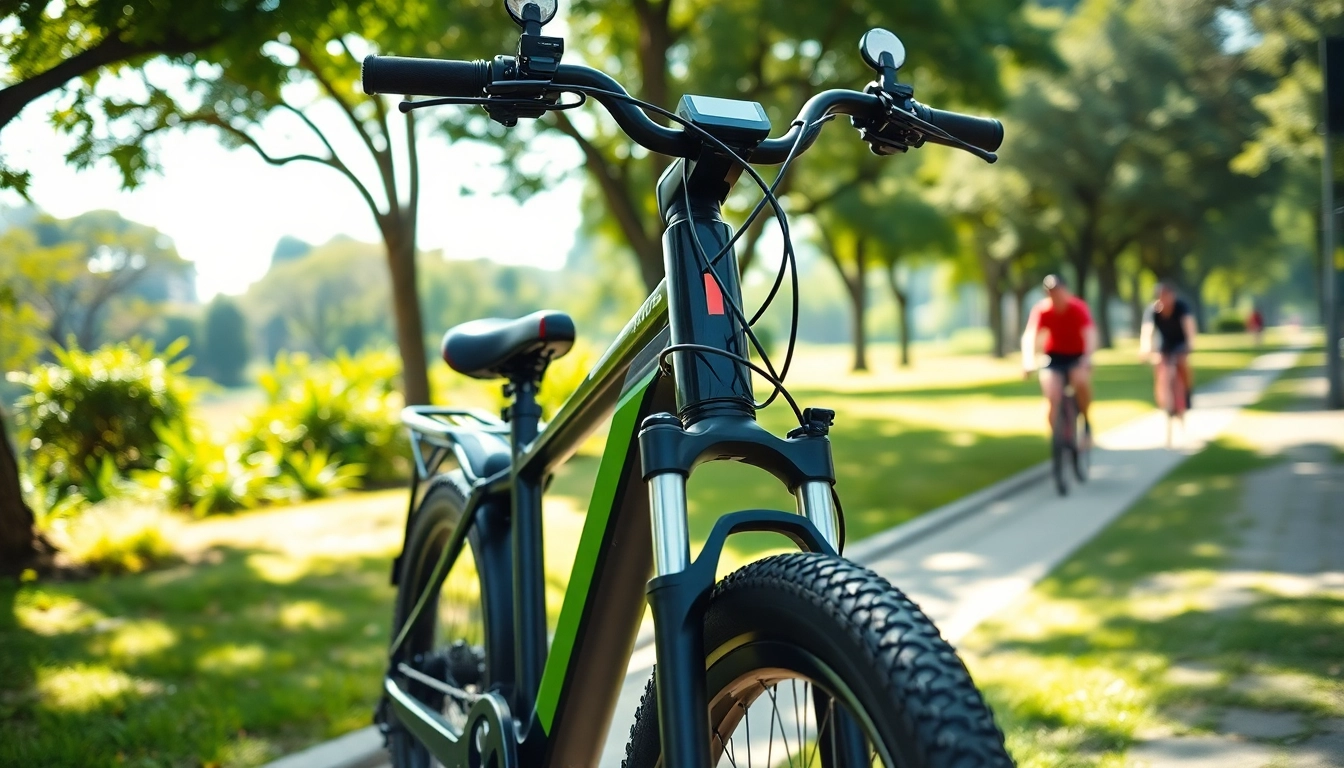
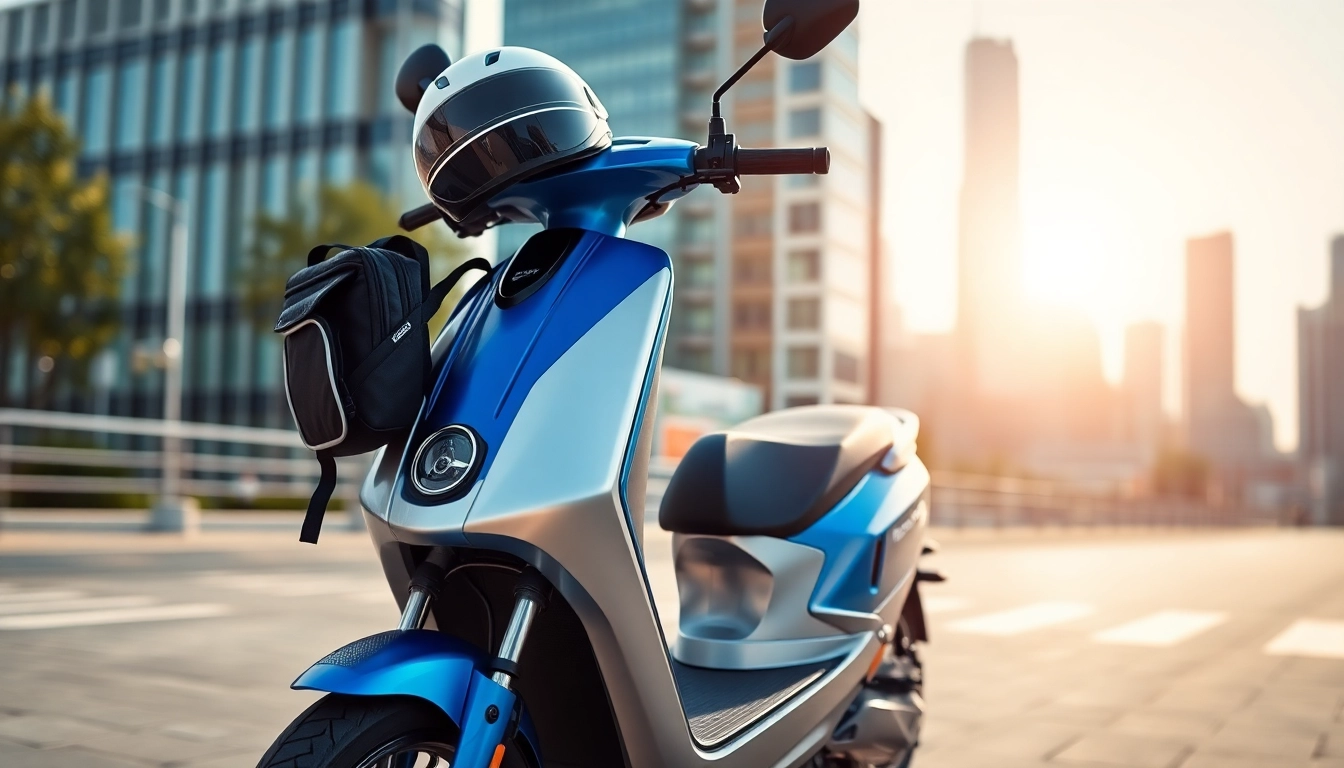

Leave a Reply